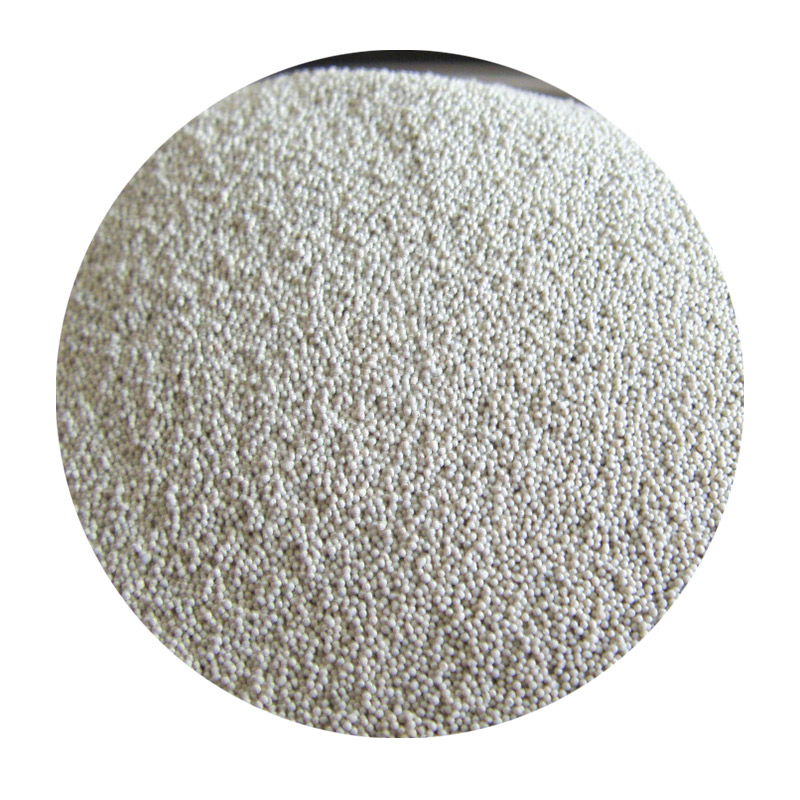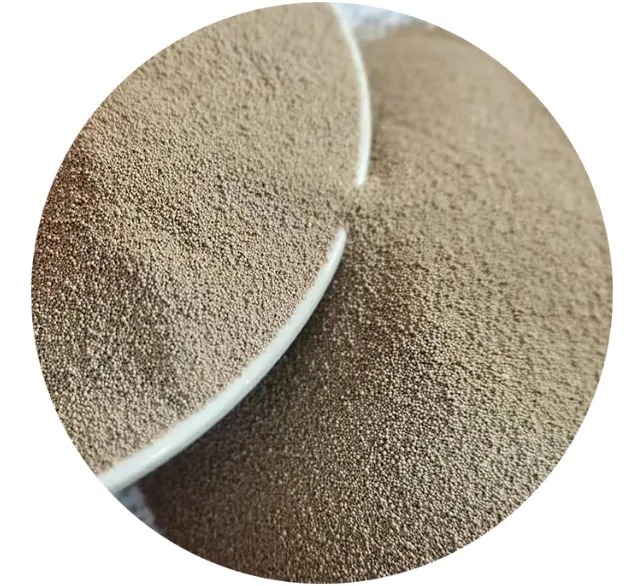

The finished cast iron product often undergoes additional processes such as machining or heat treatment to impart desired characteristics or dimensions. Knowledgeable engineers and technicians oversee these procedures, enhancing the material properties like hardness, tensile strength, and toughness. The convergence of expertise and technology in this stage underpins the component's suitability for demanding industrial applications. Trustworthiness and reliability in sand casting are further reinforced by the adherence to international industry standards and regulations. Foundries committed to quality excellence undergo regular audits and certifications to affirm their processes and products meet or exceed these stringent requirements. Such dedication not only guarantees product consistency but also fortifies client confidence in the long-term performance of cast iron components. The sustained popularity of sand casting cast iron products in today’s markets is a testament to its versatility and economic efficiency. This method is notably cost-effective for producing medium to large-sized parts in smaller quantities, without the prohibitive tooling costs associated with other manufacturing processes. Moreover, its capacity to accommodate a wide range of designs and alloy compositions gives it an unparalleled flexibility that is highly valued across different sectors, including automotive, agricultural, and construction industries. Ultimately, the intersection of experience, expertise, authoritativeness, and trust in sand casting for cast iron defines not only its enduring relevance but also its potential for innovation. Foundries that leverage modern technology while respecting traditional knowledge continue to push the boundaries of what is possible, creating cast iron components that meet the evolving demands of the modern world. In this seamless blend of art and science, sand casting remains an indispensable force in the arena of industrial manufacturing. Post time:Jan . 30, 2025 02:41
Next:sand casting alloys
